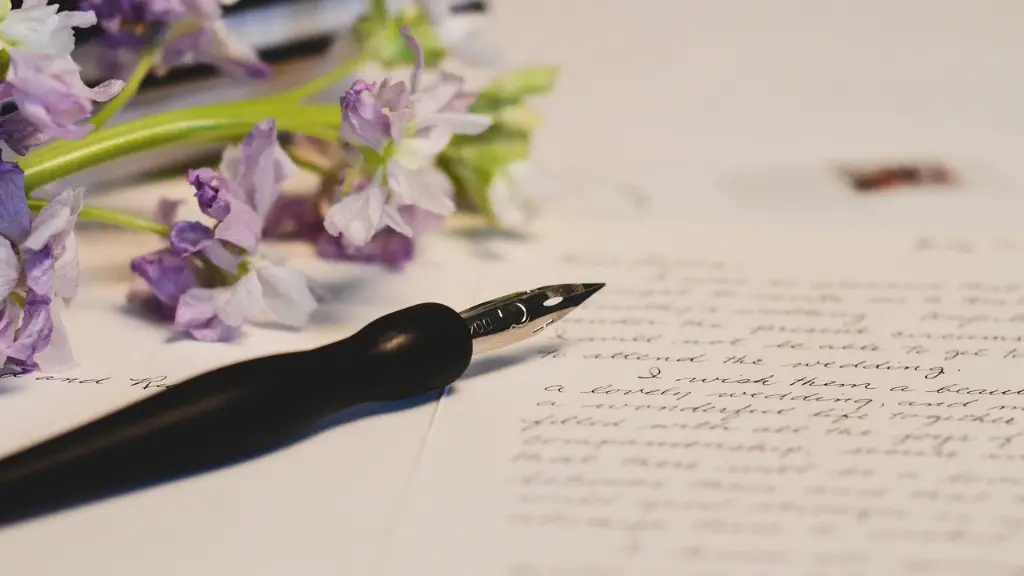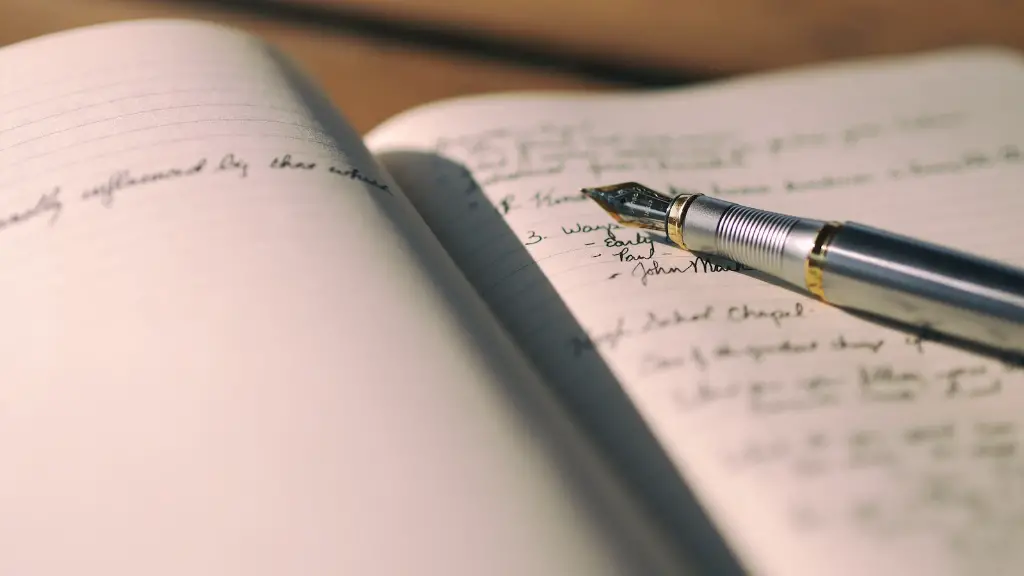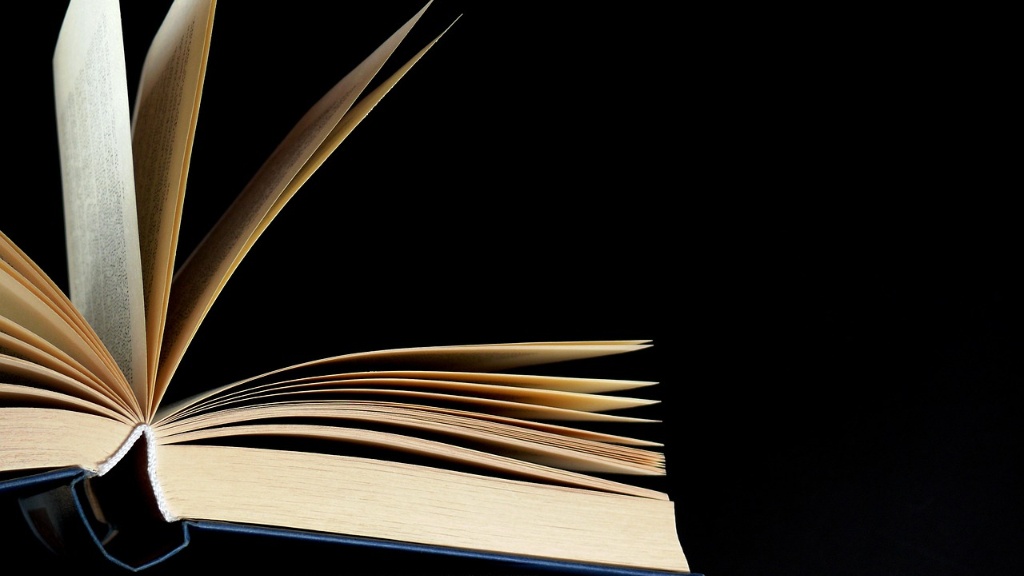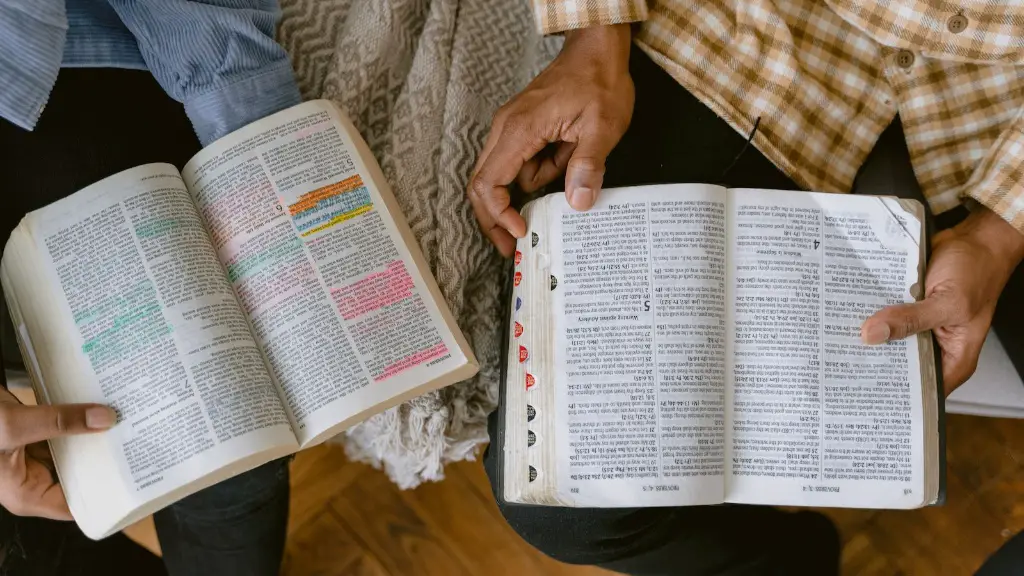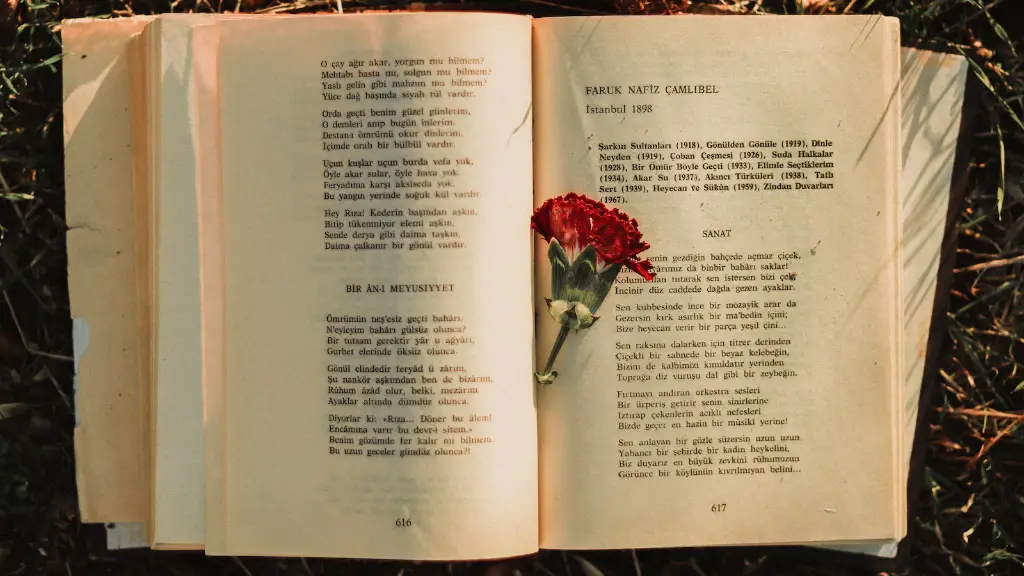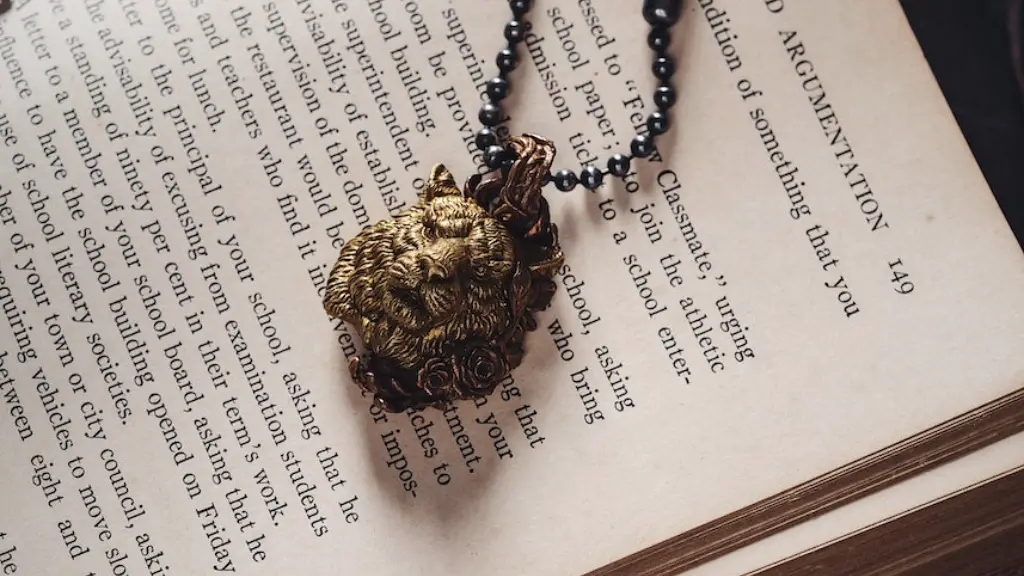Metaphors are powerful tools in poetry. Not only do they add depth and texture to a poem, but they can also help to reveal the poet’s hidden meaning. A metaphor allows two or more distinct, or otherwise unrelated, objects or phenomena to be compared, often suggesting possible deep connections between them. It can be a powerful way to engage readers and to draw them into the poet’s thoughts.
When crafting a metaphor, poets should strive to create imagery that is both meaningful and evocative. A successful metaphor does more than just compare two things. It also creates a vivid picture in the reader’s mind. This can help to make the poem more engaging, as readers can imagine what the poet is saying in a more tangible way.
When creating a metaphor, poets should be conscious of the words they are using. Strong, concrete words can help to create more vivid imagery. Poorly chosen words can make the metaphor confusing or uninteresting. Additionally, poets should strive to create metaphors that are both relevant to the poem’s topic and that are meaningful to readers. This will help to create an emotional connection between the poem and the reader.
In addition to creating a meaningful metaphor, poets should also be mindful of the placement of the metaphor within the poem. If the metaphor is placed too early in the poem, it can feel abrupt and can detract from the power of the poem. Poets should strive to place the metaphor within a larger context, so that it feels part of the poem rather than an unrelated addition.
Lastly, poets should take care to ensure that the metaphor they are using is properly developed and explained. This will help to ensure that readers can truly understand the poet’s intentions and that the metaphor is not lost or misunderstood. It is also important that any metaphor used is meaningful to the poem, as a random or out-of-place metaphor can become a distraction or an incoherence.
How To Use Personification In Poetry
Personification is a poetic device that allows a poet to give human qualities to something that is otherwise inanimate. This can help to add life and movement to a poem, and can be particularly effective if the poet wishes to highlight certain aspects of a specific subject or highlight certain emotions.
When using personification, poets should be mindful of the language they are using. Using only carefully chosen words can help to ensure that the personification is believable and meaningful. A poorly chosen word can detract from the effect of the personification, and can make the poem less poignant.
Additionally, poets should strive to make sure that the personification is relevant to the poem and that it creates a vivid picture. It should also add to the poem in some way, and not just be an unrelated addition. When crafting a personification, poets should think carefully about the words they use and their possible connotations, as this can help to create a powerful connection between the poem and its readers.
When using personification, it is also important to take care to develop the personification. This can help to ensure that readers truly understand the poet’s intentions and that the personification is not lost or misunderstood. It is also important that any personification used is meaningful to the poem, as an illogical or out-of-place personification can disrupt the flow of the poem.
In addition, poets should think about the placement of their personification within the poem. If placed too early in the poem, the reader may become confused or the personification may be lost. It can be helpful to place the personification within a larger context, so that it feels part of the poem rather than an independent thought.
How To Employ Simile In Poetry
Similes are a poetic device in which one thing is compared to another. This helps to draw attention to certain aspects of both objects, and can also be used to create a vivid image in the reader’s mind. Similes can be particularly useful in poetry, as they often help to bring out subtle meanings in the poem.
When crafting a simile, poets should strive to use precise words that suggest strong images. For example, words like ‘bright’ or ‘silent’ may be more powerful than ‘good’ and ‘quiet’. This can help to make the comparison more vivid and meaningful. Additionally, poets should be careful not to use too many similes in a poem, as this can become distracting and can disrupt the flow of the poem.
When creating a simile, poets should also strive to create a comparison that is meaningful and relevant to the poem. A random or irrelevant comparison can detract from the power of the poem, and can make the poem feel disjointed. Additionally, poets should be aware of the connotations of the words they use, as this can help to create a more powerful connection between the poem and its readers.
In addition to crafting meaningful and relevant similes, poets should be mindful of where the simile is placed in the poem. Placing the simile too early or too late can detract from its effect. It can be helpful to place the simile within a larger context, so that it feels part of the poem rather than an interruption.
Lastly, poets should take care to ensure that the simile they create is properly developed and explained. This will help to ensure that readers understand the poet’s intentions and that the simile is not lost or misunderstood. It is also important that any simile used is meaningful to the poem, as an out-of-place simile can become a distraction or an incoherence.
How To Utilize Analogy In Poetry
Analogies in poetry are comparisons between two seemingly unrelated topics. This helps to highlight the similarities between them and to draw attention to certain aspects of each that may not be obvious to readers at first. Analogy can be a powerful tool in poetry, as it can be used to draw attention to certain underlying themes or ideas in the poem.
When creating an analogy, poets should choose their words carefully. Using precise language can help to ensure that the analogy is meaningful and evocative. Poorly chosen words can detract from the effect of the analogy, so poets should take care to choose words that create vivid images in readers’ minds.
Additionally, poets should strive to create analogies that are both relevant to the poem’s topic and that are meaningful to readers. This will help to create an emotional connection between the poem and the reader. It is also important to ensure that the analogy is properly developed and explained. This will help to ensure that readers truly understand the poet’s intentions and that the analogy is not lost or misunderstood.
Lastly, poets should be mindful of the placement of the analogy within the poem. If the analogy is placed too early in the poem, it can feel abrupt and can detract from the power of the poem. It can be helpful to place the analogy within a larger context, so that it feels part of the poem rather than an unrelated addition.
How To Use Symbols In Poetry
Symbols are a poetic device that allows a poet to communicate an idea by using a single image or symbol that is universally understood. This can help to tap into readers’ emotions and to draw them into the poem in a more meaningful way. Symbols can be particularly effective if the poet wishes to emphasize certain aspects of a specific subject or to demonstrate a certain emotion.
When choosing symbols, poets should strive to select symbols that are meaningful and evocative. The symbol should be relevant to the poem, and should have strong connotations. It should also be meaningful to readers, so that the symbol can create a powerful connection between the poem and its readers.
In addition to choosing meaningful symbols, poets should also be aware of the placement of the symbol in the poem. If placed too early or too late, the symbol may not have as strong of an effect. It can be helpful to place the symbol within a larger context, so that it feels part of the poem rather than an unrelated addition.
When using symbols, it is also important to ensure that the symbol is properly developed and explained. This will help to ensure that readers can truly understand the poet’s intentions and that the symbol is not lost or misunderstood. It is also important that any symbol used is meaningful to the poem, as an out-of-place symbol can become a distraction or an incoherence.
Lastly, when choosing a symbol for a poem, poets should think about why they are choosing that particular symbol. The symbol should have some connection to the rest of the poem and should be related to the poem’s theme. The symbol should also help to communicate the poet’s theme or message in an effective way, so readers truly understand the poet’s intentions.
How to Incorporate Imagery In Poetry
Imagery in poetry is the use of visual language to describe a scene or environment. This helps to create a vivid image in the reader’s mind, and is a powerful tool for engaging readers in the poem. Imagery can be particularly effective when describing certain emotions or emphasizing a particular point in the poem.
When crafting imagery, poets should strive to create pictures that are both meaningful and evocative. Using strong, descriptive words can help to create an image that resonates with readers. Poorly chosen words can make the imagery ineffective or confusing. Additionally, poets should think about the connotations of their words, as this can help to create a strong emotional connection with readers.
In addition to creating effective imagery, poets should also be mindful of the placement of the imagery in the poem. Placing imagery too early or too late in the poem can detract from the effect. It can be helpful to place the imagery within a larger context, so that it feels part of the poem rather than an unrelated addition.
Lastly, poets should take care to ensure that the imagery they create is properly developed and explained. This will help to ensure that readers understand the poet’s intentions and that the imagery is not lost or misunderstood. It is also important that any imagery used is meaningful to the poem, as an arbitrary or out-of-place image can become a distraction or an incoherence.
